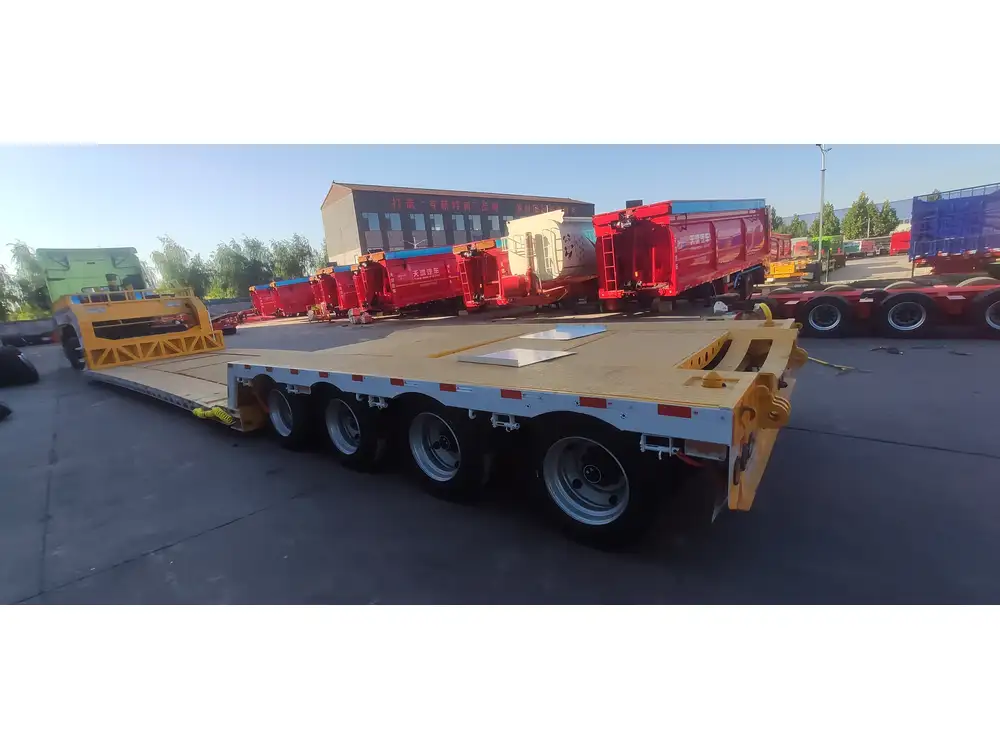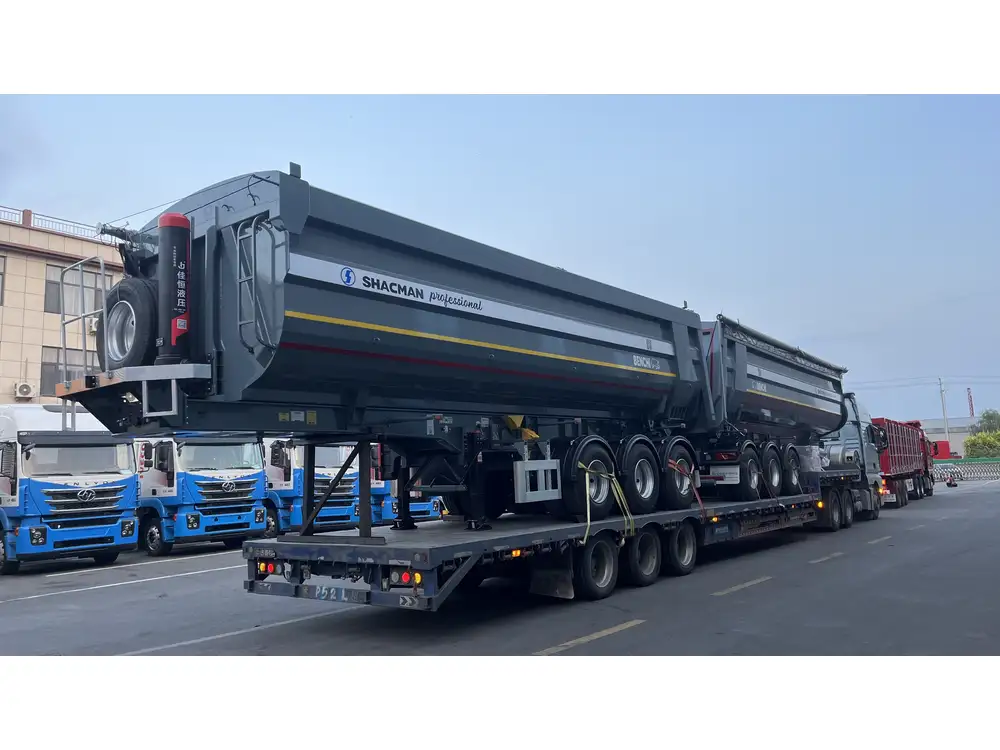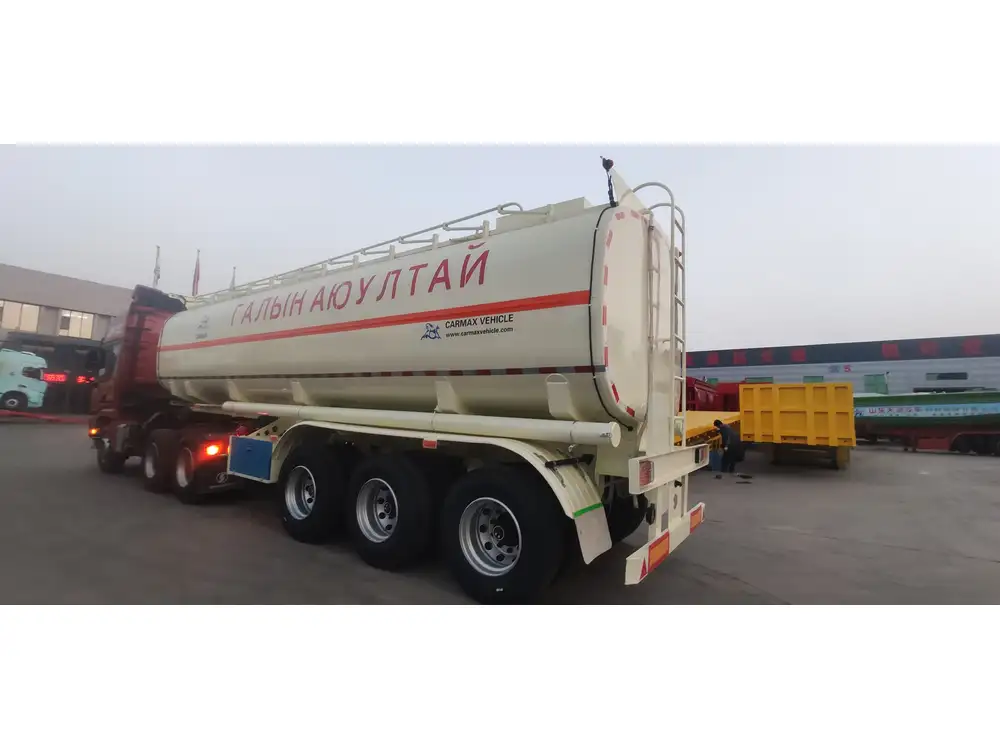Understanding the age of your semi-trailer tires is fundamental to maintaining safety and ensuring optimal performance on the road. Tires are one of the most critical components of any vehicle, especially in the demanding environment of heavy-duty transportation. Over time, tires deteriorate not only due to wear but also due to environmental factors. This guide provides detailed insights and practical steps to identify the age of your semi-trailer tires effectively.
Importance of Knowing Your Tire’s Age
The age of a tire can dramatically affect its performance and safety. Older tires may be prone to blowouts, reduced traction, and longer stopping distances. Regular inspections are crucial for preventing costly breakdowns and ensuring road safety. By understanding how to determine the age of a tire, operators can make informed decisions about replacement and maintenance.
Potential Risks of Old Tires
Tires that are older than their usable service age—typically between 7 to 10 years—pose various risks:
- Blowouts: Increased likelihood of tire failure.
- Reduced Traction: Loss of grip can lead to skidding or accidents.
- Longer Stopping Distances: Old tires may not respond effectively to braking.
- Increased Wear: Old tires wear unevenly, affecting overall vehicle handling.
Assessing the tire’s age is a preventive measure that helps in mitigating these risks.

How to Identify the Age of a Semi-Trailer Tire
Step 1: Examining the DOT Code
The most reliable method to determine the age of a semi-trailer tire is by checking the Department of Transportation (DOT) code. This code provides vital information about the tire’s manufacturing date.
Breakdown of the DOT Code
- Structure: The DOT code usually appears on the sidewall of the tire. It starts with the letters “DOT” followed by a sequence of numbers and letters.
- Manufacture Date: The last four digits of the DOT code indicate the week and year of manufacture. For example, a code ending in “1219” signifies that the tire was manufactured in the 12th week of 2019.
| DOT Code | Meaning |
|---|---|
| DOT U2LL L4321 | Made by manufacturer U2LL, Week 43 of 2021 |
| DOT 2419 | Manufactured in the 24th week of 2019 |

Step 2: Inspecting the Sidewall for Additional Information
Aside from the DOT code, checking the tire’s sidewall for additional information can be beneficial:
Common Symbols to Look For
- Tread Wear Indicators: These wear bars become visible when the tire tread is worn down to a dangerous level.
- Load Ratings: Understand the maximum load your tire can handle as it ages.
- Manufacturing Codes: Sometimes manufacturers will include their own codes, giving insight into warranty information or intended usage.
Step 3: Understanding Tire Age Guidelines
The Tire Industry Association recommends a careful examination following the age mentioned in the DOT code. Here’s a simple guideline:
- Under 5 Years: Typically safe but should be regularly inspected.
- 5 to 7 Years: Begin to assess condition more closely; check for signs of degradation.
- 7 to 10 Years: Consider replacing; heavy-duty tires should be closely monitored.
- Over 10 Years: Immediate replacement is recommended regardless of tread depth.

Step 4: Visual Inspection for Signs of Aging
In addition to reading the DOT code, conducting a regular visual inspection can reveal significant aging signs:
Signs of Aging to Watch For
- Cracks or Cuts: Check for surface cracks or deep cuts that compromise integrity.
- Bulges: Any bulges or deformities indicate internal damage.
- Discoloration: Fading or discoloration can be a sign of ultraviolet degradation.
Routine Inspection Schedule
- Monthly Inspections: Physical checks help catch issues early.
- Before Long Trips: Always check tires before setting out for extended journeys.
- After a Specific Mileage: For long-haulum units, inspect tires after every 10,000 miles.

How Weather and Environment Impact Tire Age
Impact of UV Exposure
Extended sun exposure can cause rubber deterioration. Dark tires absorb more heat, leading to a faster aging process. Here are some preventive measures:
- Cover your tires: Use tire covers when parked for extended periods.
- Limit direct exposure: Park in shaded areas whenever possible.
Effects of Temperature Extremes
Temperature plays a pivotal role in tire longevity:
- Heat: High temperatures can accelerate the breakdown of tire materials.
- Cold: Extreme cold can reduce tire flexibility, increasing the risk of cracking.

Consider Regional Factors
Each geographical area can influence tire lifespan differently due to variations in climate conditions. For example:
| Region | Potential Tire Issues |
|---|---|
| Hot Climates | Increased wear and UV damage |
| Cold Climates | Risk of cracking due to low temperatures |
| Humid Areas | Potential for mold and mildew inside the tire structure |
When to Replace Semi-Trailer Tires
Knowing when to replace tires based on age and condition is crucial for safety. Here are some factors to consider:
Tread Depth
- Legal Minimum: Most regions have a legal requirement for tread depth, typically around 4/32 inches for commercial vehicles.
- Optimal Performance: Tread depth affects traction; consider replacement when tread wears down to 5/32 inches.

Professional Inspections
Regular professional inspections can provide insights not easily seen by the untrained eye. A certified mechanic can evaluate:
- Tire balance and alignment.
- Internal damage using x-ray technology.
- Recommendations based on tire wear patterns.
Replacement Strategies
- Full Set Replacement: For long-term performance and safety, replacing all tires at once is advisable.
- Partial Replacement: If only one or two tires are worn, be cautious about matching tread patterns to maintain balance.
Conclusion
Tire safety is crucial in the trucking industry. Knowing how to determine the age of a semi-trailer tire, understanding the implications of its age, and conducting routine inspections are pivotal steps in maintaining roadway safety and effective fleet management. The DOT code provides a reliable method to ascertain the manufacturing date, while careful visual inspections can reveal critical fading and wear. By staying informed and vigilant, fleet operators can maximize tire life and ensure the safety of their trailers, drivers, and cargo.
Regular education on tire maintenance, environmental impacts, and replacement strategies will not only enhance equipment longevity but also foster a culture of safety across the transportation sector.



